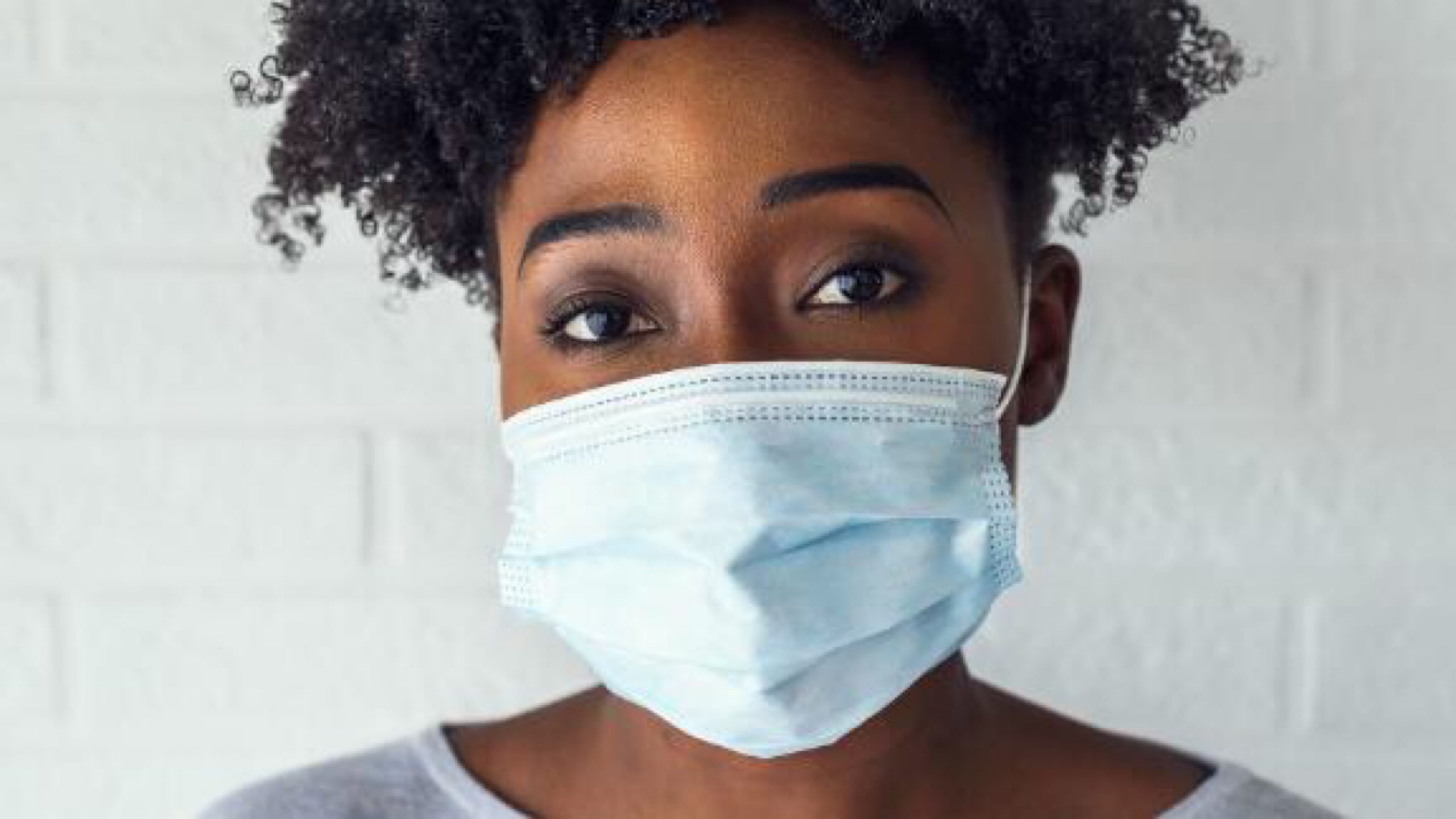Wearing a nose mask has become a part of our lives as one way to combat and control the pandemic. It is necessary to wear a nose mask at all times to protect ourselves and the people around us as the virus is airborne.
But one thing that is not spoken about enough is the acne that comes with constantly wearing a nose mask. Sometimes this ‘maskne’ is caused by a number of factors like when your pores become clogged with oil, dead skin cells, and dirt. It can cause pimples, whiteheads, or blackheads.
It can also become an issue when you’re allergic or sensitive to the material of your mask. It can result in a red rash, along with irritation and blisters. An infection of your hair follicles can also cause bumps that look like an acne breakout. You might also experience itchiness or pain.
As annoying as mask acne can be, treating it can be very easy, according to experts.
Washing your face with warm water every morning and evening plus after wearing a nose mask is a great way to begin getting rid of ‘maskne’. Otherwise, a gentle cleanser to remove sweat, bacteria and excess oil can also be used. Either method works in treating it.
Moisturising your face properly before putting on the mask is also a great way to reduce friction between the fabric of the mask and the skin of your face. In fact, topical antibiotic creams are recommended to take care of any buildup of bacteria on the skin.
Choosing the right mask can be a defining factor in your treatment of mask acne. Picking the right sized ones will allow your skin to breath. The material of the fabric is also very important. Synthetic fabrics like nylon and rayon irritate the skin, unlike cotton .
Dermatologists across the world recommend removing your mask for 15 minutes every 4 hours, giving your skin a break. Mind you, removing your nose mask only when you can practice social distancing is very important. You’ll need to wash your hands before and after taking a mask break.
Wearing a mask can be the literal difference between life and death, so do well to stay protected. If your mask acne persists or is severe even after following these suggestions, be sure to visit a dermatologist close to you.












